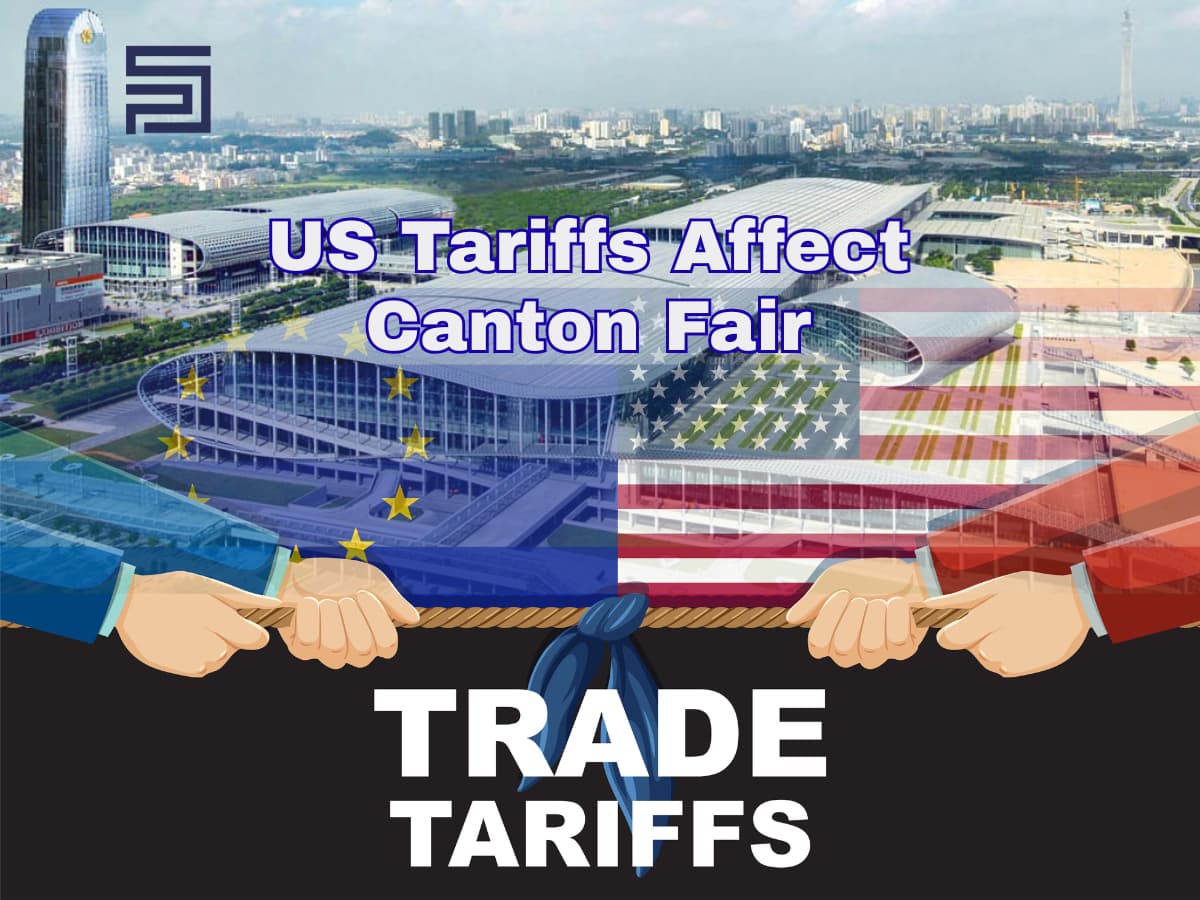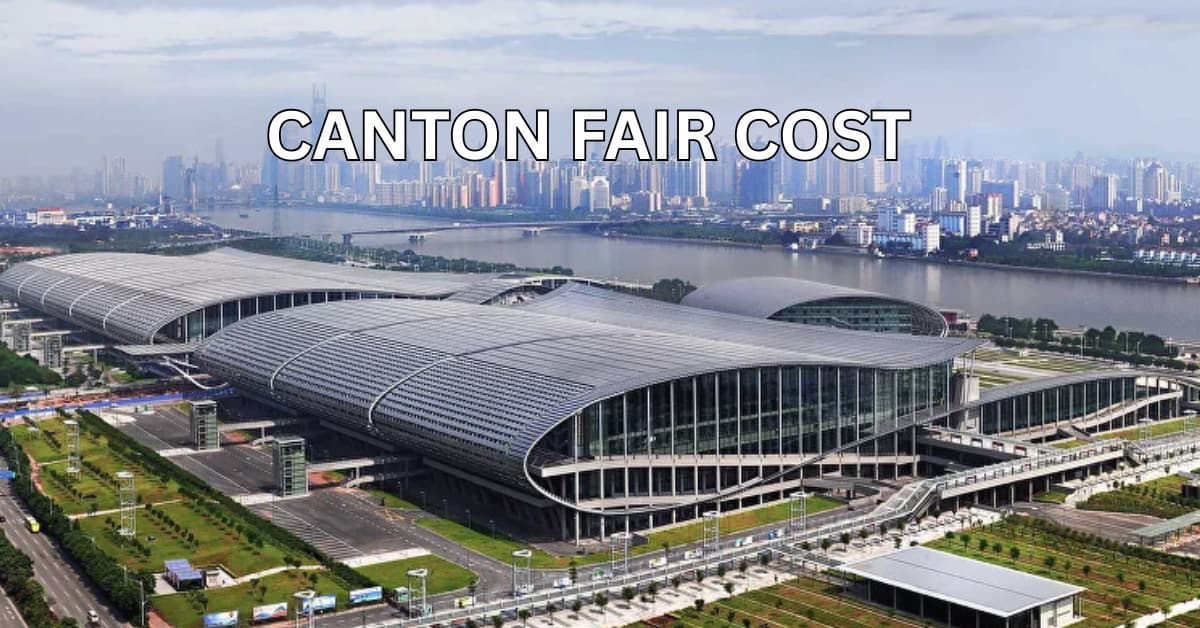You or a team member discovered that there is a need to purchase a product or service in your business, but you need help with how to proceed with procuring this need.
This article contains a step-by-step guide on how to handle your procurement needs and some best practices you can use to enhance your overall procurement lifecycle.
We work with you through the procurement process, from identifying your company's needs to getting the goods delivered to you.
What is Procurement Life Cycle?
Procurement life cycle refers to the required processes or stages you go through to obtain goods or services for business or personal needs.
This process ranges from defining needs to sourcing for suppliers or soliciting bids, selecting a supplier, and managing supplier relations until the goods get to the final location and even beyond.
The primary objective of every procurement process cycle is to optimize business efficiency by prioritizing speed and cost-effectiveness.
And having the right procurement component involved in the process is critical.
3 Components Involved In The Procurement Process
When procuring goods or services, 3 main components would be involved in the process from start to finish, and it is best to identify these components early enough.
The components include:
1. People:
In your purchasing workflow, people are definitely going to be involved in the process. Identifying who these people are would help develop an efficient procurement plan.
In identifying the people who would help in your procurement process, try answering the following questions:
- Who in your organization has to be involved in the decision-making process?
- Who in your team has the expertise to handle your business procurement?
- Do you need the help of a procurement agent to leverage their experience? (You can speak to a procurement agent at SARA to get the best here).
- Who would supply the goods you need? (You will find a guide to finding a good supplier later in this article.)
Having the right people involved in your procurement process can significantly help the procurement experience, fostering collaboration, high quality, and speed.
2. Documents and Records (Paperwork):
At every stage of procurement, there are paperworks that accompanies them. Documenting these paperworks is essential for ensuring compliance with regulations and agreements, facilitating audits, and providing a historical record for analysis and decision-making.
Although today, these components are not in the form of physical paper, they remain a key component of the process.
Common paperwork involved in the procurement process include:
- Purchase Requisitions
- Quotations
- Proposals
- Contracts and Agreements
- Invoices
- Receipts and Delivery Notes
- Performance Evaluation Reports, and so on.
The amount of paperwork you would need depends on the method you use to procure your goods. You would need some documents for shipping also; check them out.
3. Technology and Systems:
Technology and systems have revolutionized the procurement landscape, and today, there is no way we can procure goods without them.
Communication, documentation, spend analysis, procurement management, automation, and sourcing are done with technologies today.
While developing your procurement process, it is also essential to know which technology or software you want to use in the lifecycle.
Some of the common tools involved are:
- Procurement Platforms
- Procurement Management Software
- Supplier Relationship Management (SRM) Systems
- Spend Analysis Tools
- E-Sourcing Tools
- Contract Lifecycle Management (CLM) Systems and so on.
You don't necessarily need to use all these technologies, but we recommend using only those that accelerate specific stages of the procurement process.
Stages of Procurement Life Cycle
1. Need Identification:
The first step in the process is identifying a need in the organization that requires procurement. This need could be seen at any level or department of the organization, from the executive to the various team members.
The subsequent steps in your procurement process are determined by whether these goods have been procured before or not.
In cases where it hasn't been procured before, you need to clearly define the procurement needs, including its specifications, as this will help you in the market analysis stage. These details can be written in a purchase request.
Component Involved in Need Identification:
People: Everyone in the organization.
Paperwork: Purchase requisitions.
Technology: Process monitoring and data analysis technologies.
2. Procurement Method Selection:
This is a pivotal stage in the procurement lifecycle as whatever procurement method you decide to use in settling this need will affect how the entire process would be for you.
The outcome of this stage depends on so many factors, some of which are:
- Your team's experience with procurement
- The market dynamics
- Is cost the primary consideration?
- The nature of what is to be procured (goods or services) and so on.
After considering all these factors, you have to decide between a direct acquisition method or getting a procurement partner to whom you give all the details about what you need, and they handle the rest of the process for you.
Do you need a more detailed guide on selecting the right procurement method, then check out this article on the 5 major procurement methods and how to select the best for your business.
Component Involved in Procurement Method Selection:
People: Chief Procurement Officer(CPO) and other key decision makers.
Paperwork: Procurement method analysis and Procurement method selection Memo
Technology: Procurement management software.
3. Market analysis and supplier sourcing:
This is the stage where you analyze the market for the product you want to procure to gain insights into market trends, supply-demand dynamics, pricing fluctuations, and emerging opportunities or risks.
A team member or a procurement agent could conduct this market research, depending on your decision during the previous stage.
With a clear understanding of the market dynamics, sourcing a supplier for the commodity would be more data-driven and efficient.
Depending on the procurement method you choose, you could have various suppliers come to you to bid for the project, or you could reach out to the suppliers you found yourself during the market research.
Component Involved in Market analysis and supplier sourcing:
People: Chief Procurement Officer(CPO) or a Procurement Agent.
Paperwork: Market research report, Request for proposal or quotation.
Technology: Market Intelligence Platforms, Supplier Discovery Platforms...
4. Supplier Evaluation and Selection.
While sourcing for suppliers, you should have a list of suppliers that have what you need or have submitted proposals for the project. Now, it is time to evaluate them all and choose the best for your business.
At SARA, the key factors we help our clients check in each supplier are:
- Honesty,
- Credibility,
- Capabilities,
- Reliability,
- Performance and track record,
- Customers satisfaction,
- Product quality, and,
- Pricing.
At the end of the evaluation process, the supplier with the most value proposition and one who is also dependable will be selected.
While evaluating the suppliers, you can pick questions from this list to ask suppliers and know if they are best for you.
Component Involved in Supplier evaluation and selection:
People: Chief Procurement Officer(CPO) or a Procurement Agent.
Paperwork: Supplier evaluation form and Supplier scorecards.
Technology: Supplier relationship management systems
5. Award contract:
Having validated and chosen the preferred supplier, the next step is to draft a contract laying out the terms and conditions of the partnership.
This contract should be clear, organized, and comprehensive because it will become the foundation of your relationship with the supplier. The contract should include key performance metrics, timescales, cost, and payment modes.
Component Involved in Awarding Contract:
People: Chief Procurement Officer(CPO) or a Procurement Agent.
Paperwork: Supplier contracts and agreements, Contract award notification, Compliance and regulatory documentation
Technology: Contract management system, Electronic signature solutions,
6. Contract implementation and delivery:
After awarding the contract, the supplier procures the goods and ensures they get to you through a preferred shipping and delivery channel.
Component Involved in Contract implementation and delivery:
People: Supplier or a Procurement Agent.
Paperwork: Progress meeting minutes, Compliance and quality assurance documentation, Invoices and payment records, Change orders, and amendments.
Technology: Collaboration and communication platforms, Project management tools.
7. Contract performance review:
To ensure that everything goes as planned from the beginning to the end of the contract, it is crucial that you review the performance of the supplier in fulfilling your needs.
Working with any of our procurement experts at SARA means that you are well-informed of all that is going on in the contract between us and the supplier at this stage of the procurement process.
The schedule contract review is usually carried out during the implementation stage to ensure adherence to plans and after the implementation stage to ensure everything went as planned.
Things to review in this stage include:
- Quality of products or services
- Responsiveness
- Delivery times
- Communication
- Customer service and more.
With every review carried out, there is always room for contract renegotiation or termination if necessary.
Component Involved in Contract Implementation and Delivery:
People: Chief Procurement Officer(CPO), Procurement Agent, Finance Team, and Supplier.
Paperwork: Performance Reports, Contract Amendments or Change Orders, Performance Improvement Plans (PIPs), and Supplier Scorecards and Dashboards.
Technology: Performance monitoring and reporting tools, Scorecards and dashboard tools.
How To Improve Your Procurement Process
With the 7 stages of procurement listed above, you can perfectly settle your procurement needs, but there are things you can do to improve the procurement process cycle:
1. Continuous Monitoring and Evaluation:
From the need identification stage to the contract performance review stage, you need to monitor and evaluate how you or your team execute each stage to identify areas that can be improved.
With this evaluation, you can make data-driven decisions that would better your cost savings, mitigate further risks, and improve the efficiency of the entire procurement life cycle. After identifying areas for improvement in your process, there are 3 things you can do:
- Redesign your procurement processes
- Implement procurement process automation in these areas.
- Implementing strategic sourcing practices
We discuss these 3 steps in detail below.
2. Redesigning Procurement Processes:
Sometimes, the only way to improve the procurement life cycle is to redesign the whole process.
Are unnecessary steps, approvals, or paperwork creating bottlenecks and slowing down the procurement cycle? You need to analyze these things well and develop a new process that eliminates all bottlenecks.
Suppose the recommended stages explained above don’t address your procurement situation. In that case, you can reach out to us, and we can work together to improve your process by establishing standardized and streamlined workflows for your business.
3. Procurement Process Automation:
This step involves leveraging technology for the automation of repetitive tasks, freeing up valuable human resources and boosting efficiency.
This can speed up your procurement cycle, save costs, and also improve the entire process. One key benefit of leveraging technologies in your process is the elimination of manual error.
Things you can automatic in your process include:
- Purchase order generation,
- Approval workflows,
- Payment processing,
- Invoices matching,
- Contract management,
- Supplier management,
- Requisition management and so on.
Leveraging technological tools in these areas allows you to have a historical record of your procurement process, enabling data-driven analyses and decision-making, which results in more productivity.
4. Implementing Strategic Sourcing Practices:
Procurement is no longer just about finding the cheapest option but more about building long-term value for your business.
Strategic sourcing is a proactive approach to procurement. It can significantly improve your procurement by optimizing your supplier relationships, driving cost savings, mitigating risks, and improving the quality of goods or services acquired.
The strategic sourcing practices include:
- Building and nurturing solid relationships with suppliers or procurement partners.
- Conducting comprehensive total cost analyses,
- Gathering market intelligence, conducting supplier assessments, and implementing robust supplier selection criteria
- Using effective contract management and negotiation strategies
- Incorporating risk management and mitigation strategies and so on…
With these strategic sourcing practices, you can achieve strategic procurement objectives, contributing to your business competitiveness, innovation, and sustainable growth.
Simplify Your Procurement Process With SARA Procurement Services.
A procurement life cycle is always flexible but can vary depending on many things.
This article contains the main stages you can follow to settle your procurement needs, but it is important you customize these stages to suit your business needs when necessary.
If you need help developing a standard procurement process for your business, you can make us your procurement partner.
Contact us at SARA, and we will improve your procurement cycle.
.png)





Comments
Please log in to leave a comment.